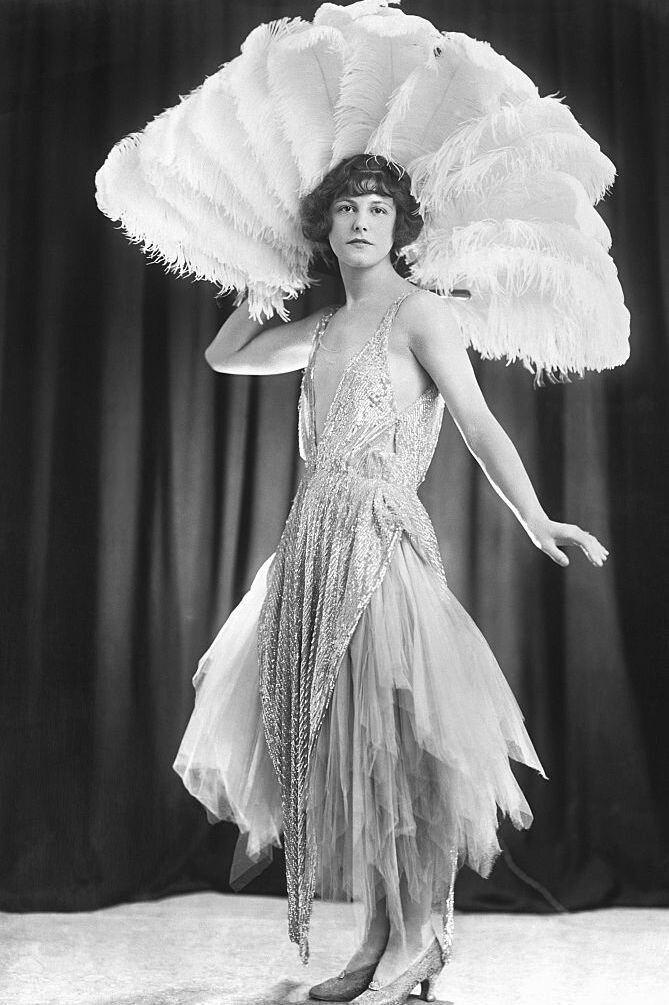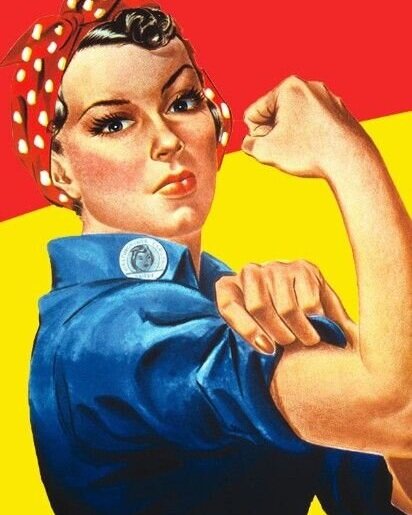Fashion and Working Women: A Tale of Two Trials
/From heels to hair, how does professional attire harm the working woman?
Workplace equality has come a long way: women are able to work, men are able to take maternity leave to help their families, and diversity action plans have made it a priority to employ people from all walks of life. Still, in Canada and globally, we see how greatly our culture of beauty affects all things, the workplace included. Beauty standards create unsafe, unproductive, and uncomfortable work environments for women. Our cultural view of what women’s beauty has infiltrated the professional standards we hold women to.
One of the ways beauty standards and misogyny rear their ugly heads in the workplace is when policies take issue with women of colour wearing their hair in its natural state; an issue predominantly experienced by black women in North America. A survey conducted by Perception Institute concluded that, on average, black women perceive a level of social stigma while wearing their hair naturally (not straightened or relaxed).
This bias that black women’s hair is less “professional” (according to Perception Institute) is considered detrimental to their professional development and their overall comfort in the workplace.
The harmful beauty standards the West is perpetuating are increasingly obvious when we see what people like Leila have experienced. Leila (an alias used for protection) works in a consultancy firm and recalls her experiences with harmful beauty standards:
"I am West African, and I work at a consultancy firm in London. I am always being made to feel that my natural hair gives the impression that I am unprofessional…A few years ago I had my hair styled in cornrows and I was asked quite blatantly by my boss how long it would be before my hair was back to 'normal'.
This example, unfortunately, is far too common in Western countries.
Companies perpetuate the idea that natural afros, locks, and braids are unkempt and unprofessional. In 2010, Chasity Jones experienced a similar incident to Leila, when a job offer came with an ultimatum –“Cut off your locks if you would like to work here.” Upon refusal, Jones lost her job offer.
The grasp of beauty standards extends into uniforms as well. Internationally, women are often required to wear dresses, high heels, and makeup for their uniforms.
A staple of feminine “professional” attire is well-kept hair and makeup. Often, dress codes differ for men and women –men are encouraged to wear suits which are generally more versatile and moveable than the restrictive skirts and dresses women must wear. The Ontario Human Rights Commission affirms these experiences by stating: “Sexualized and gender-specific dress codes are all too common in some restaurants and bars and can be found in other services… These kinds of dress codes reinforce stereotypical and sexist notions about how women should work and may violate Ontario’s Human Rights Code.” However, the general rule is that “female employees should not be expected to meet more difficult requirements than male employees.”
High heels in the workplace, are specifically proven to be extraordinarily detrimental. James Hill, the president of the Ontario Podiatric Medical Association states “Clinical evidence demonstrates that wearing high-heeled shoes causes a much higher incidence of bunions, musculoskeletal pain… Podiatrists treat foot pain and deformities in women twice as often as foot disabilities in men, often due to having to wear high heels in their workplaces.”
High heels, something seen as so universally fashionable and professional, are known to cause lasting damage. Women here are the ones left to deal with the lasting health concerns.
I leave you with these thoughts:
How can we unpack the idea that women do not need to have a certain look to be professional?
Why are comfortable clothes considered unprofessional for women?
Cassidy Shea
Cassidy is a second year student in Algonquin College's Professional Writing Program. Her interests include fashion, activism, and digital art. Passionate to work in a field that directly helps people. If you're looking for a debate or a gaming partner look no further.











